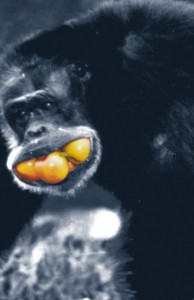
It was a muggy afternoon last November when they started digging up Nolan’s skeleton. That is, before they got stopped by maintenance workers. Now, after having been denied a permit to go back and keep digging, the students aren’t ready to give up just yet.
“Honestly, I’d prefer to do it that way,” Tiara Zepeda said, a double major in sociology and anthropology. She is one of the few students involved in the digging attempt willing to unearth Nolan without campus permission. “But if they’re not going to give us a choice and we need the experience, we were told everyone leaves at 5. If after 5, nobody’s around, why not?”
Nolan was a chimpanzee. He came to FAU at the end of 2002 when Lion Country Safari donated his body for research. It was kept in cold storage for a year and a half; the professors who study primate anatomy didn’t have time to work on it. They were under the assumption the freezer wouldn’t fail. Then Hurricane Charley hit in 2004, throwing the chimp’s frozen body into a state of flux. It was too late to do any work on it.
“The hurricane was causing power outages, and freezers were going on and off,” Amanda Dier, a senior double majoring in anthropology and criminal justice, said. “The chimp was thawing and refreezing, so by the time they realized what had happened, it was basically in a block at the bottom of the freezer, partly decomposed.”
The staff salvaged what they could from Nolan’s skeleton; his skull is currently on display in the anthropology department, and his arms are being used for research in Arizona. They buried the rest of Nolan. When he had decomposed completely, staff planned to dig up his bones and use them as intended.
Now, anthropology students like Dier are trying to get permission to dig up the rest of Nolan’s remains. Key word — trying.
“I went in to ask about it,” Dier said, “and they told me that I needed to go over to Environmental Health and Safety (EH&S) and talk to them. They told me that they were worried about zoonotic diseases [like rabies that can transfer from animals to people] and anything that could still be living in the carcass.”
When Douglas Broadfield, the anthropology professor coordinating the students –– was contacted by EH&S, he was told that officials were worried about backlash concerning animal testing. Broadfield thinks they’re afraid it could attract unwanted publicity, since animal rights groups could possibly take offense to Nolan’s exhumation.
“In arguing about it, I felt that the primary reason really was publicity, and not the other reasons added on to that,” Broadfield said. “I don’t understand why they would be afraid of publicity, because we’re not experimenting on chimps. We didn’t cause the death of the chimp; it was dead already when we got it.”
Last November, Dier and fellow anthropology students, Zepeda and Kenneth Bryan (who declined to comment), set out to find Nolan’s body. The students chose to not disclose the field in which he is buried, stating only that it is on the Boca campus.
“Rumors have been going around the campus of the chimp being there, and there has been talk of students going to dig it up,” Dier said. “If anyone’s going to dig it up, I would prefer that it was dug up by someone who would ensure that it would go to Dr. Broadfield for study.”
The maintenance staff stopped the group on its first day, after only a few hours of digging.
“I think it was about 2 o’clock,” Dier said. “Someone stopped by from [Facilities] and told us we needed to stop, or there was going to be a massive issue, and that I needed to apply for a permit. I wanted to make sure this was completely on the up and up, so we stopped and I went to find out what we needed to do to apply for a permit.”
But after two weeks, there was still no response from Engineering and Utilities.
The EH&S offices declined an interview for an explanation on the matter, but suggested reaching out to Darlene Ward, the department’s biological safety coordinator. As of press time, Ward had not responded to three calls and two voice mails.
“There are very few complete chimpanzee skeletons that can be used for research,” Broadfield said. As an expert in the evolution of primate brains, including humans and chimps, he spends much of his time studying chimpanzees’ skulls.
He went on: “If you think about it, there are only a certain number of chimpanzees in all of the museums in the world. People who want to study chimp morphology and anatomy really end up travelling to all of the museums that have them. It would be a big benefit to research if we had another chimp to add to the mix.”
Nolan’s body is still buried, and the administration is still denying permission to dig. Even though, according to Tiara Zepeda, he was donated specifically for study, the administration refuses to budge on this matter. There has been no headway in the three months since Dier’s permit was denied.
This isn’t the chimpanzee’s first brush with bad publicity –– or with animal testing, for that matter. Nolan died on Nov. 27, 2002, of liver cancer, according to his necropsy. Not surprising, considering he had 65 liver biopsies within two years in the ‘70s. Nolan was originally a lab animal; he was used to test possible cures for hepatitis, a life-threatening disease that makes its home in the liver.
From 1970 to 1972, Nolan lived in a cage in a New York state lab. He only ever interacted with the masked scientists who studied him, never another member of his species, according to Terry Wolf, the wildlife director at Lion Country Safari.
“The worst part, for the chimp, is being locked up alone in a cold, sterile environment with no chimps to look at, no one to talk to, no one to touch,” Wolf said. “If you were to do this with human children, none of us would question if they were to grow up retarded or with quirks.”
This was Nolan’s life. He never got to see his mother, never got to socialize with other chimps. He was constantly drugged while scientists perfomed on him. And seven other chimps at the lab went through this too.
After six years of experimentation, most chimps would be euthanized. After all, they were no longer viable testing subjects, and scientists believed they would not be able to socialize with other chimpanzees.
Science is all about testing, though, including the testing of preconceived notions. Linda Koebner, an animal behavior specialist working at the New York lab in the early ‘70s, decided to run an experiment to see if the lab chimps could actually be rehabilitated. She would find a zoo or animal park willing to take the chimps and have them live with other chimps who had lived relatively normal lives. It took Koebner two years to find a park willing to work with her, and another year to prepare the chimps for the move, but they eventually made it to Lion Country Safari, in Loxahatchee, Fla.
Nolan arrived in 1975, with the rest of the test chimps. By the time he died, he had become the leader of his troupe –– the undisputed alpha male –– and all of the test chimps had successfully integrated with the normal chimps.
Nolan was a part of two experiments in his life: the first as a lab animal for testing, and the second as a regular chimpanzee. He helped prove that lab animals can be rehabilitated.
Terry Wolf was working at Lion Country Safari when Nolan arrived in 1975, and it was his decision to donate Nolan’s body to the anthropology department.
“[Nolan] lived a good life, liked people,” Wolf, admiting to having a soft spot for chimpanzees. “I like to see them treated with respect. There is very little known about the anatomy of chimps, and it is very difficult to get specimens to study.”
The donation of his body was Nolan’s final gift to the human understanding of chimpanzees. Only time will tell if his gift was in vain.












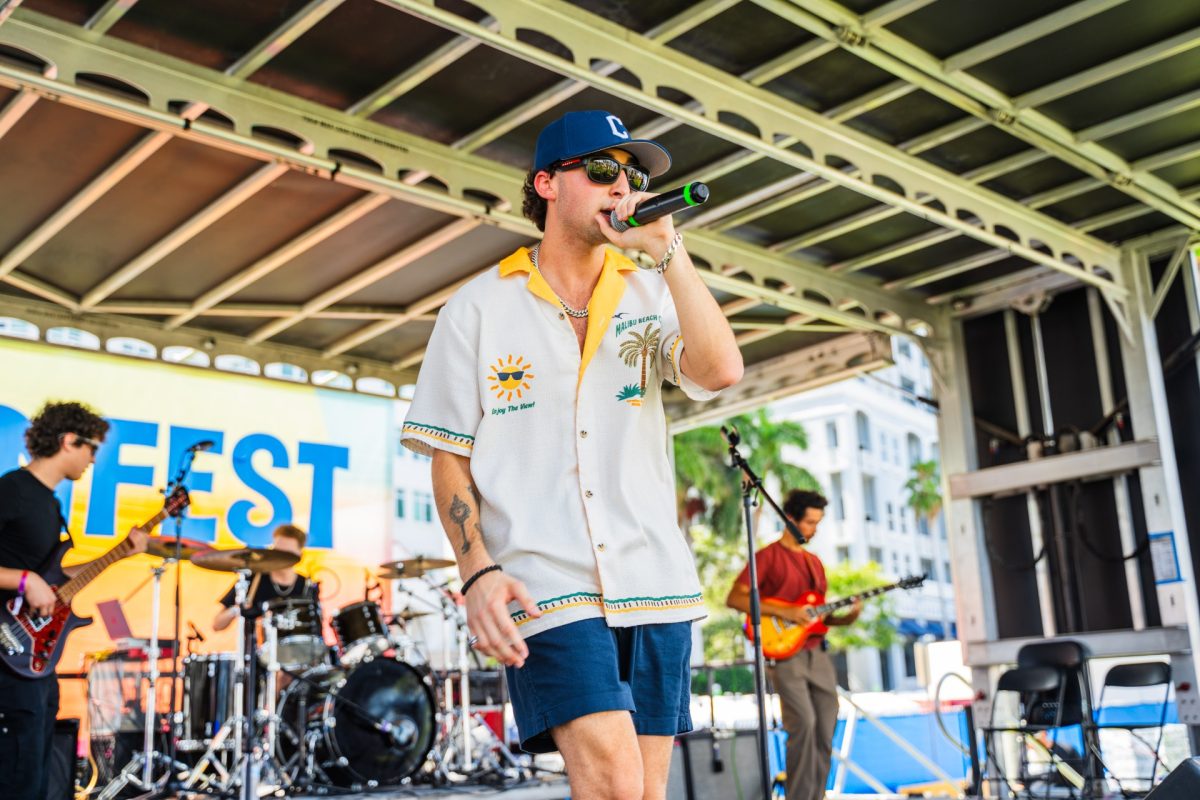


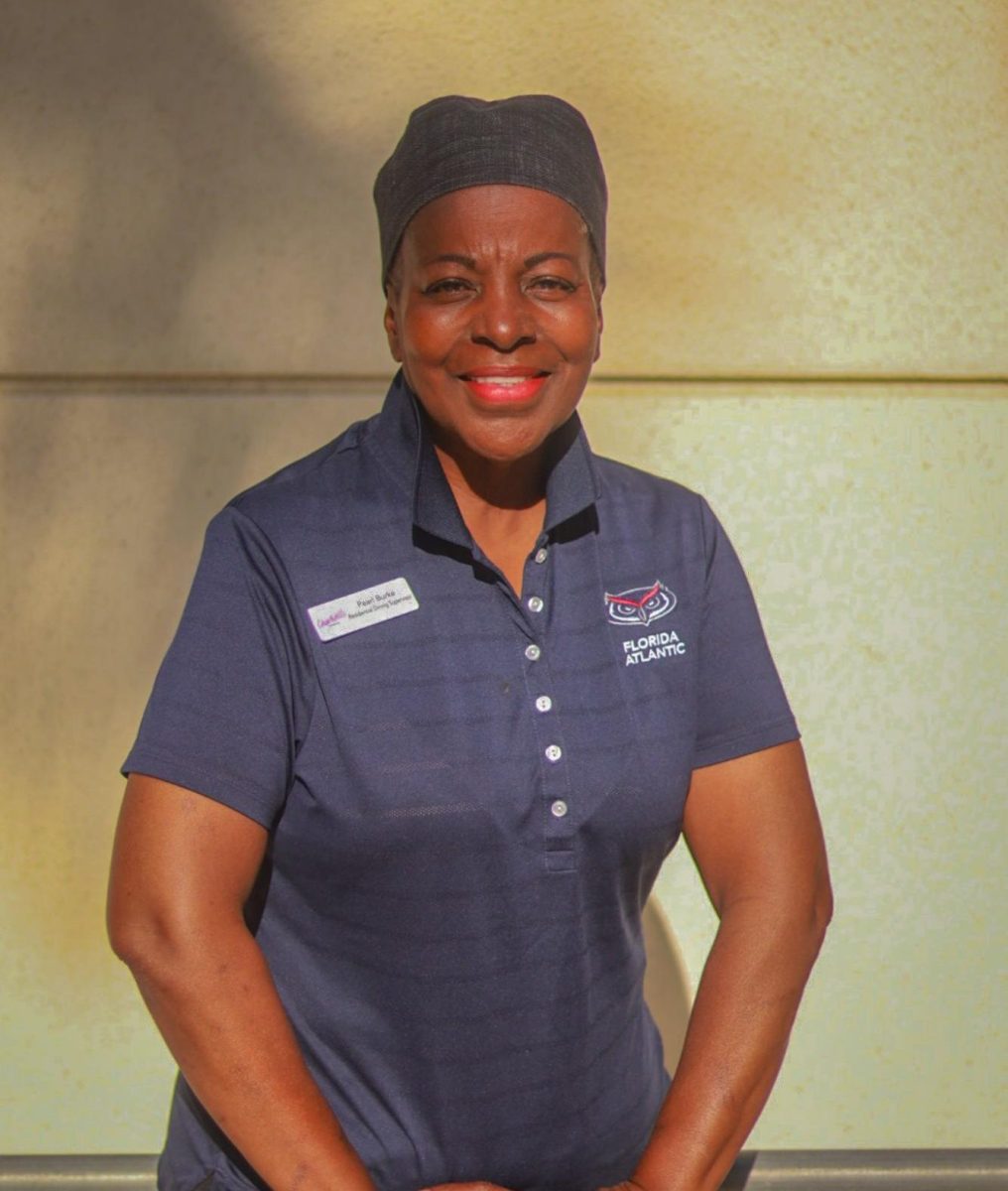
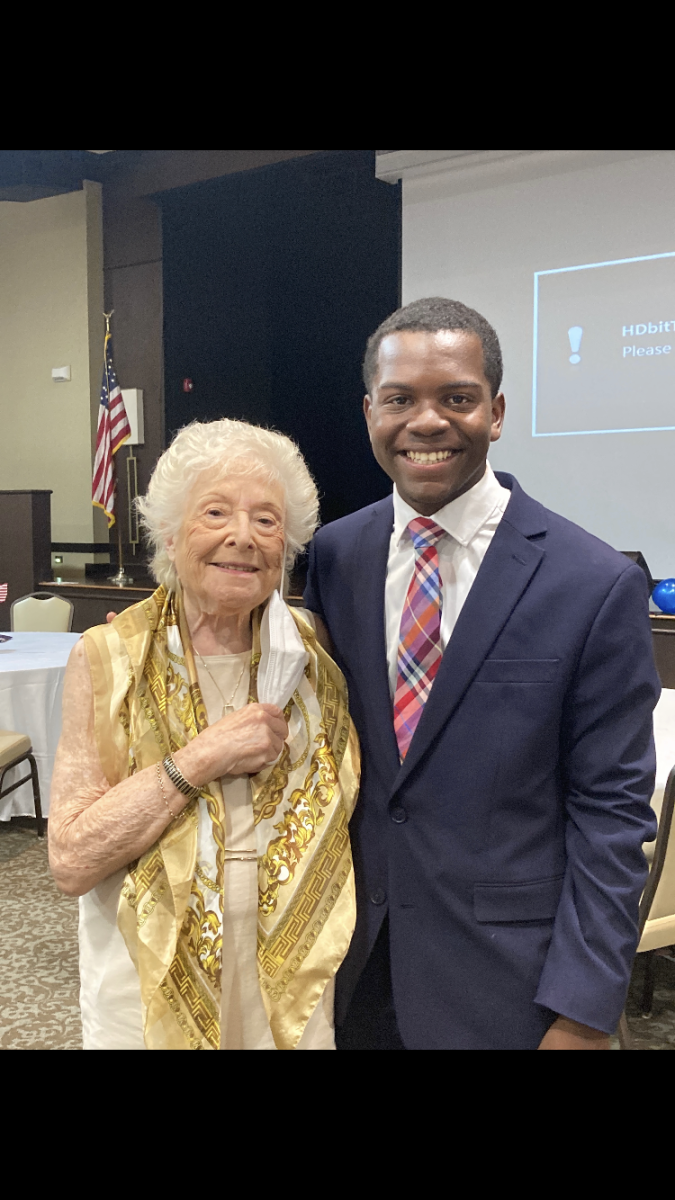
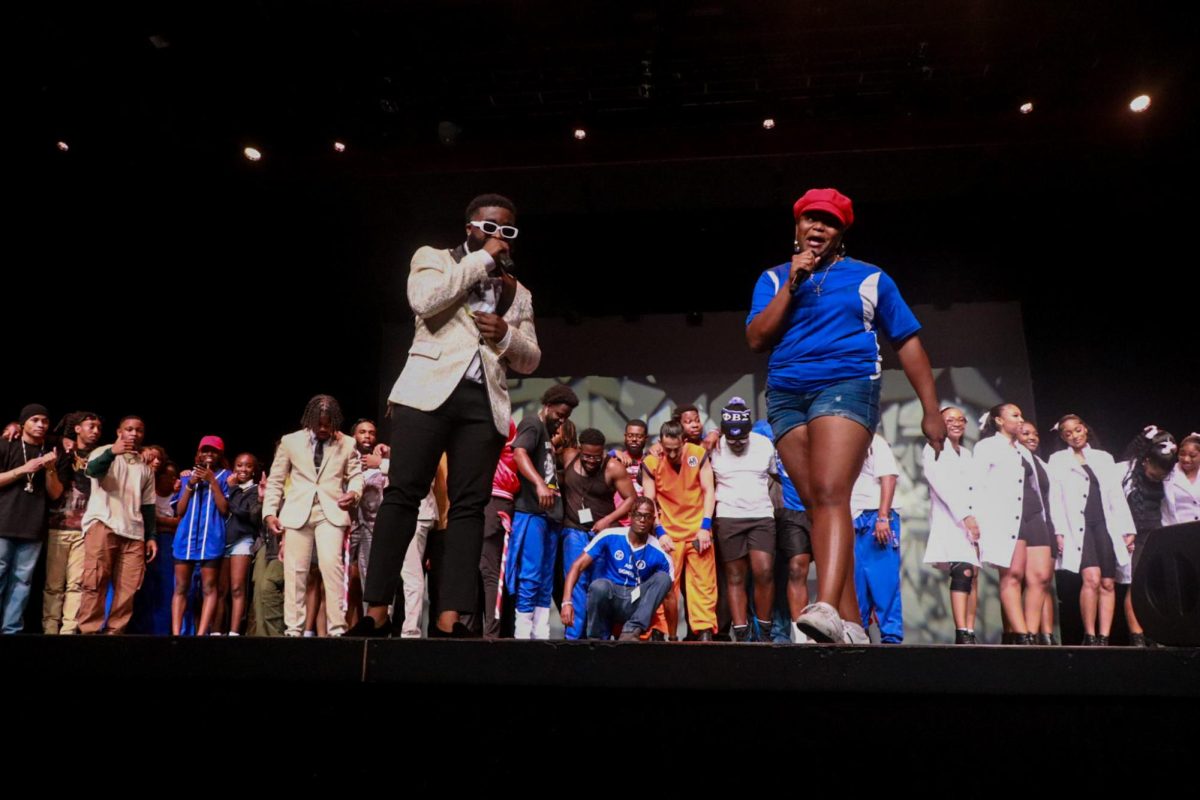
Amanda Dier • Apr 3, 2012 at 1:34 pm
Once again, chimps aren’t our ancestors. We had a common ancestor with them, but we didn’t evolve from monkeys, apes, or anything you currently see on this planet. You didn’t evolve from your cousin; we didn’t evolve from chimps. This is not a difficult concept.
Bob Dobbs • Apr 3, 2012 at 6:07 pm
“You didn’t evolve from your cousin; we didn’t evolve from chimps. ”
Well stated. Unfortunately, many people fail to grasp the concept of evolution beyond a simple “timeline” diagram.
Jenny Fromdabloc • Apr 9, 2012 at 11:39 pm
I think YOU evolved from an ape, madame.
Dawn Forsythe • Apr 3, 2012 at 7:29 am
There is so much good about this article. As one of those “animal rights activists,” I commend the students who are attempting to learn more about chimpanzees — by using a corpse rather than a live chimp.
I also commend the reporter, who provides excellent context in sharing the history of chimpanzees in research.
It is evident that the reporter and the students are giving Nolan the respect he deserves. I hope the administration sees its way clear, as Chris Hamann puts it, to ensuring that Nolan’s ultimate gift to science and education was not in vain.
alok chantia • Apr 3, 2012 at 5:42 am
chimpanzee is an ape and our forefather but it is an question mark for me to accept this point. could you able to explain me ????????????